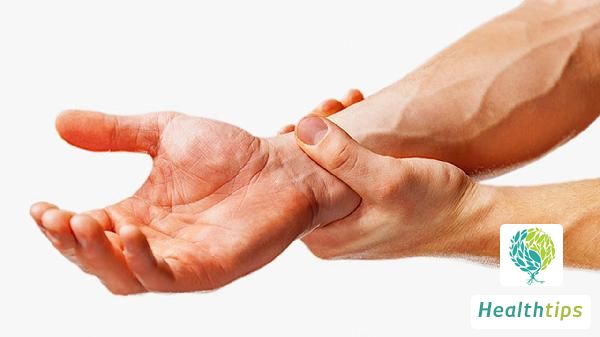When Should I Use Cold Compress and When Should I Use Heat Compress?
In many situations, we need to adopt the methods of cold compress or hot compress for treatment, such as when there is swelling after a fall. Proper treatment can not only relieve pain, but also reduce swelling. This is where cold compress and hot compress come in handy, but many people are not very clear about the correct usage and timing. So, when should we use cold compress and when should we use hot compress? Let's take a look below.

Cold compress within 3 days after surgery: Within 2 days after surgery, the wound vessels are prone to bleeding. Cold compress at this time can constrict the capillaries in the surgical area, reduce local blood vessel congestion, and have anti-inflammatory, anti-swelling, hemostatic, antispasmodic, and beneficial recovery effects. Why can't we use hot compress in the first 2 days? Because if the temperature of the surgical site is too high, it will increase the blood flow to that area, which may worsen the swelling and pain. If there is a small blood vessel rupture, it may increase the amount of bleeding and delay the recovery process. Hot compress can be used 4 days after surgery: Hot compress can increase the surface temperature of the body, relax the subcutaneous tissue, relax and dilate the spasmodic capillaries, increase blood flow, and promote metabolism. It can promote blood circulation, dissipate blood stasis, promote muscle growth, reduce inflammation and swelling, relieve pain, and soften scar tissue in the affected area.
There are two commonly used methods of cold compress:
1. Ice bag method: This is a dry cold compress method. Fill half of a rubber ice bag with crushed ice (or cold water). Place the bag flat on a table, raise the opening of the bag, gently press the bag with your hand to expel the air inside, and then tie the opening tightly. Wipe off any water on the surface, cover it with a cloth, and place it on the affected area. The duration of cold compress is generally 20-30 minutes, and it can be repeated multiple times a day.
2. Wet cold compress method: Fill a basin with cold water and soak two small towels or gauze in it. Remove them, wring them out to half dryness, and apply them to the affected area. Replace the compress every 4-5 minutes for 20-30 minutes each time, and it can be repeated multiple times a day.
Notes: Within 2 days after surgery or injury, it is not recommended to use hot compress, but cold compress. Many people tend to get this reversed. If the ice bag is damaged and leaks, it should not be used again, and the wound dressing should be replaced in time to avoid infection.
There are two commonly used methods of hot compress:
1. Hot water bag method: This is a type of dry hot compress. Check the hot water bag for leaks, and then fill it with hot water (preferably 60℃-70℃) to two-thirds of its capacity. Expel the air, tighten the opening, wipe off any water on the outside of the bag, and put it into a cloth cover or wrap it with a cloth for use. Generally, hot compress should be applied for 20-30 minutes each time, 3-4 times a day. If there is no hot water bag available, a warm kettle (wrapped in a towel) can also be used for hot compress, or alternatively, hot salt or rice can be placed in a cloth bag.
2. Wet hot compress method: Soak the compress in a hot water basin, remove it, wring it out to half dryness, and test its temperature with the palm side of your wrist to ensure it is not too hot (it should not be applied to the affected area until it is not hot). Cover the compress with a cotton pad to prevent heat loss, and replace it every 5 minutes. Prepare two compresses for replacement, and observe the skin color when changing them. Each application should last 15-20 minutes, and it can be repeated 3-4 times a day.
Notes: It is important to ensure that the towel and hot water bag are not too hot, and extra caution should be taken for those with nerve damage or local numbness at the wound site. Keep the wound dressing dry, and replace it promptly if it becomes wet to avoid infection.



















